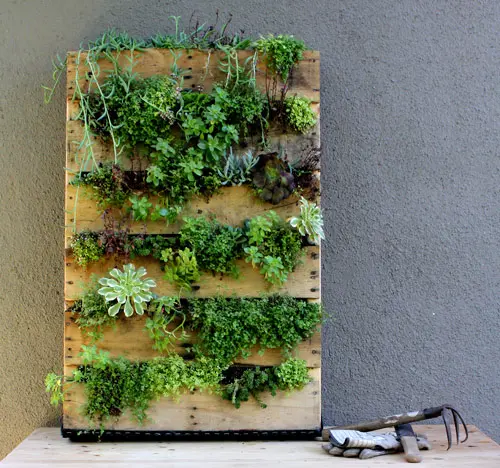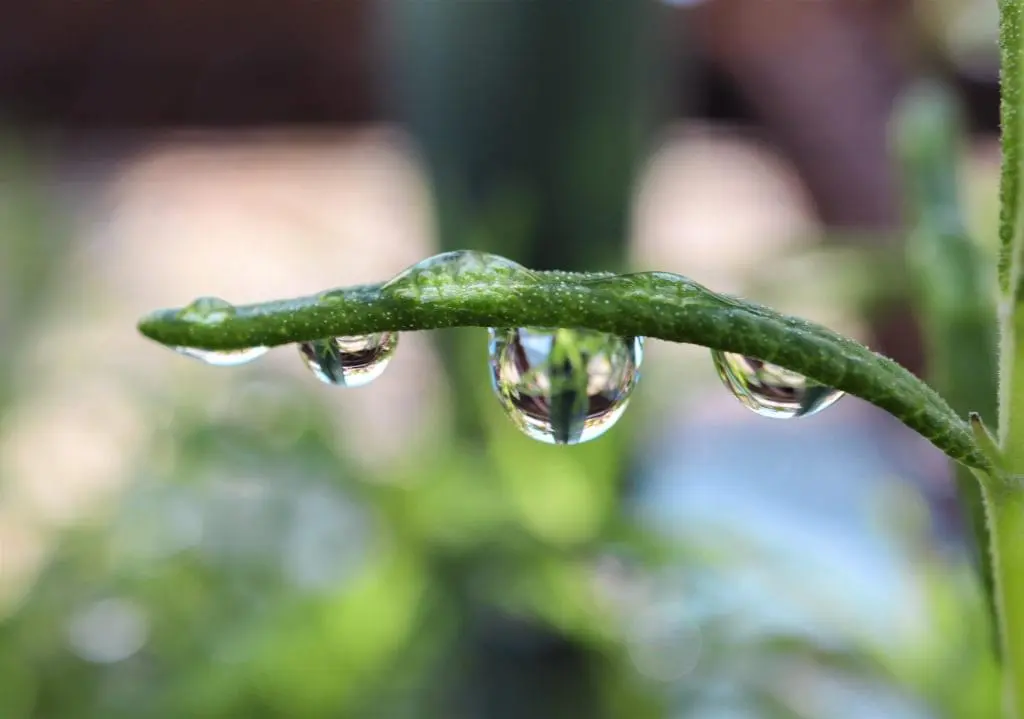by Amanda Rose Newton
We are finally in the home stretch of Summer which means the official growing season in Florida is about to take off. Fall is the peak time to grow vegetables and now is the time to get your garden beds and fall containers ready!

This month, we will focus on vegetables, herbs, and getting your plants off to a great start to lend to a bountiful harvest.
Florida soil is alkaline and sandy, which isn’t ideal for many of the fruits and vegetables we would like to grow here. As a result, raised beds and container gardening has become the norm for many homeowners across the county.
They also happen to be great space savers, allowing anyone– regardless of real estate– the ability to grow fresh produce. If you are looking to take your gardening game to the next level, vertical gardening increases your ability to grow more with less space.
You also do not need to invest in fancy trellises or hydroponic systems to accomplish your garden goals, either.
What you need to be successful is something readily available and if you know the right people to ask, you can snag it for free!
Pallet Gardens
Pallets are used to transport a variety of goods across the world and have been treated with either methyl bromide or heat to keep fungi under control.
Usually, you can flip them over and see a unique marking indicating which method was used, with “HT” common for heat treated. Once they make it to their final destination, they are often thrown out unless someone asks for it (hint hint).
These discarded treasures can be used for a variety of purposes (I might have used one as mattress support in college) and the boards are spaced just right to hold seedlings or hang pots from.

When you select a pallet, make sure it is heat treated and clear from spills. If it has huge stains, odd smells, or questionable wood, take a pass on it.
You also want to ensure you do not bring home any hitchhiking pests like wood boring beetles or termites!
Making a Pallet Garden
Once you have your pallet selected, there are just a few simple items you need to complete your project.

By following the steps outlined below, you will be on your way to vertical gardening enlightenment.
1. Add Weed Cloth
Weed cloth is meant to keep the dirt inside the pallet as well as keep weeds out. Putting this on the pallet is about as difficult as this project gets! It helps to have a good stapler or better yet, a staple gun, at the ready.
Attach the cloth to the back, bottom, and sides of the pallet. The more staples you use, the better since the plants will push on the cloth for support as they grow.
2. Add Soil
Once you have your pallet successfully covered, it’s time to add the soil!
Since this is standing upright and you might have to move it at some point, lightweight soil is best. Foxfarm’s Happy Frog or Ocean Forest are excellent choices with the benefit of extra composted nutrients ready for uptake.
You can add perlite to the mix if you would like, to further lighten the load.
3. Add Plants!
Now for the fun part!
Feel free to use either seeds or seedlings, flowers, or edibles.
If you choose to go the seed route, allow the pallet to rest on the ground at a slight angle until the plants are established (about 3 weeks).
Plants take about one week to root, so you want to wait at least that long before standing them upright.
The best plants to use? Here are some of our favorites:
• Small annual flowers (pansies, daisies)
• Lettuces
• Herbs (basil, oregano, thyme, mint)
• Edible Flowers (borage, nasturtiums)
Remember, most of these require full sun (at least 6 hours) so be sure to place the pallet accordingly. The best part is you can always move it if the placement isn’t to suit.
4. Water
Getting adequate water is a must for success!

For best results, water at least twice a week. You may be able to get away with less if the soil is staying wet.
You can also get a simple drip irrigation system that waters them daily. This is especially handy if you want to attach pots to your pallet wall.
5. Maintenance
The best part of pallet gardening is the lack of effort outside of the watering you need to do!
Weeds are difficult to set root in the pallet world and the soil usually supplies ample nutrition.
Do be aware if it is not anchored, you may need to write your pallet garden into your hurricane prep plans so it doesn’t fall over. When you want to swap out plants, just pull them out, add fresh soil, and plant something new!
If you are interested in using your pallet as a wall for hanging planters, you can attach them using wire or attach mounting anchors to the boards.


